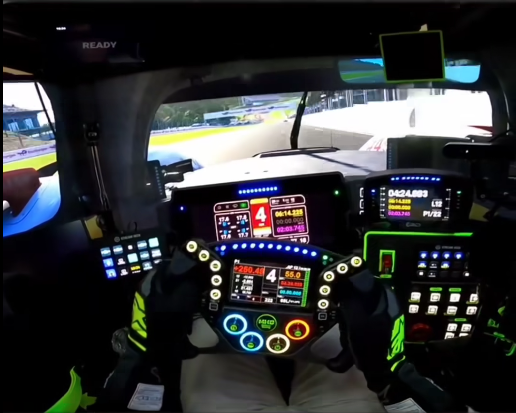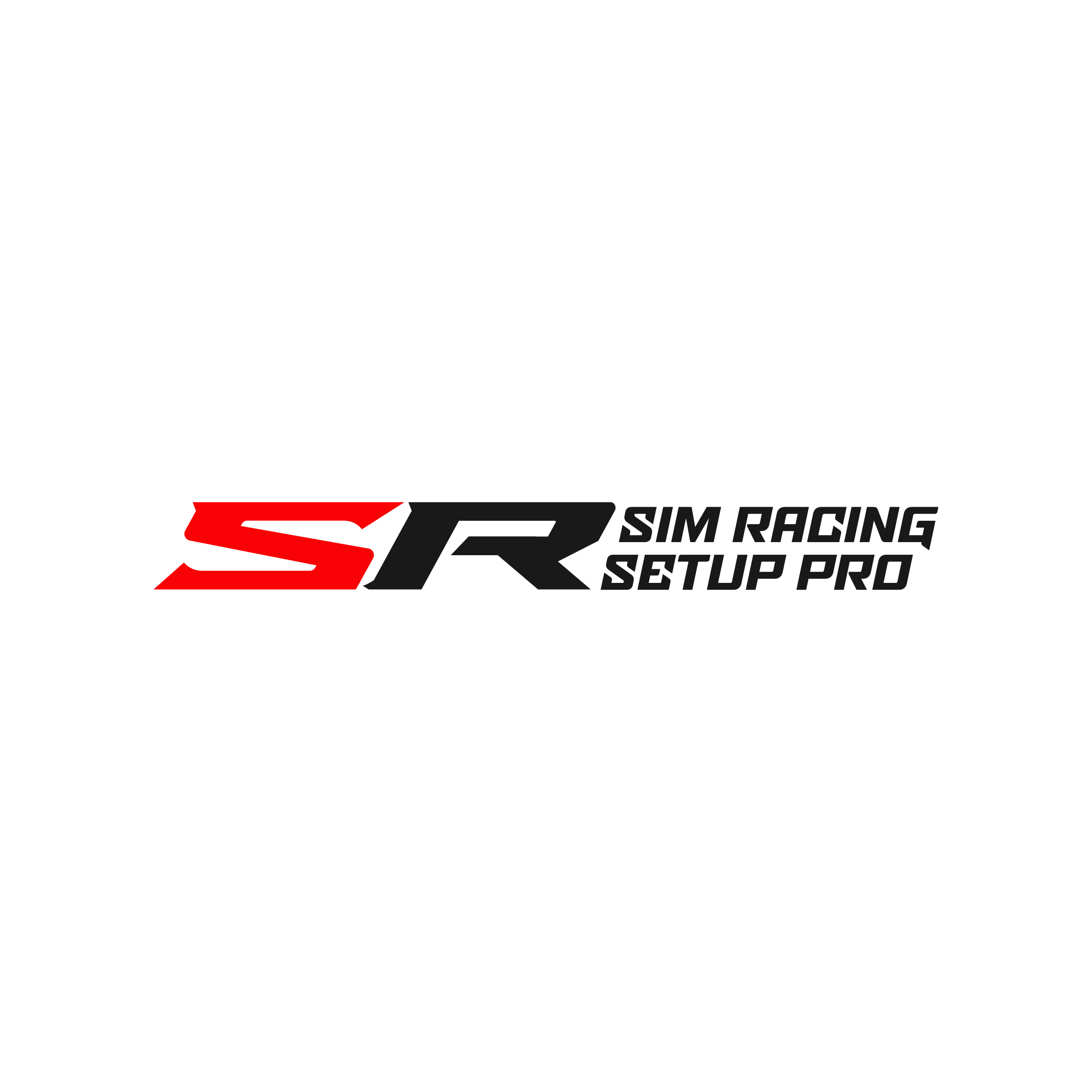
The Ultimate Racing Simulator Setup 2025: Precision, Immersion & Performance
A high-performance racing simulator setup is not just about entertainment—it is a precision tool used by esports champions, motorsport professionals, and dedicated enthusiasts alike. The evolution of direct drive force feedback, load cell pedals, and ultra-responsive displays has made virtual racing indistinguishable from reality in many ways.
This guide goes beyond the basics, incorporating pro-level insights, advanced tuning methodologies, and future-proof recommendations to ensure you get the most immersive and precise racing experience possible.
1. The Core of Realism: Steering Wheel & Direct Drive Base
Your steering system dictates how accurately you can feel tire grip, weight transfer, and subtle chassis movements. The best setups eliminate mechanical delays, allowing the virtual car to communicate as if you were on a real track.
Direct Drive: The Gold Standard of Sim Racing
| Technology | Mechanism | Torque Output | Response Time | Best For |
|---|---|---|---|---|
| Gear-Driven | Mechanical gears amplify motor input | 2-4 Nm | Moderate Latency | Beginners |
| Belt-Driven | Belt transfers motor movement to the wheel shaft | 4-10 Nm | Lower Latency | Enthusiasts |
| Direct Drive (DD) | Wheel is mounted directly to the motor shaft | 10-25 Nm+ | Near-Zero Latency | Professional & Hardcore Racers |
✅ The Key Difference: Direct drive bases generate raw, high-fidelity force feedback, removing dead zones, delay, and mechanical resistance.
Future of Force Feedback: AI-Enhanced Adaptive Steering
By 2026, force feedback systems will likely integrate AI-powered tuning algorithms capable of adapting force feedback settings dynamically based on:
✔️ Tire wear & track surface condition simulations
✔️ Driving style analysis (oversteer/understeer correction in real-time)
✔️ Telemetry-driven torque adjustments
Emerging Trend: Some experimental rigs are already testing haptic micro-vibrations that mimic tire chatter, road imperfections, and even aerodynamic turbulence to provide a level of detail beyond conventional force feedback.
2. Selecting the Right Racing Wheel for Your Discipline
Your racing discipline dictates the optimal wheel size, material, and control layout.
| Racing Style | Ideal Wheel Shape | Key Features | Best Materials |
|---|---|---|---|
| Formula Racing (F1, IndyCar) | Compact, flat, ergonomic | Rotary encoders, paddle shifters, LED telemetry | Carbon Fiber, Leather |
| GT & Endurance Racing | Round, medium size | Alcantara grip, thumb rotary dials | Alcantara, Aluminum |
| Rally & Drift | Large-diameter round wheel | Reinforced grips, extra buttons for handbrake control | Rubberized Grip, Steel |
✅ Innovative Designs Emerging:
Future racing wheels will incorporate OLED telemetry displays, touch-sensitive rotary encoders, and adjustable force feedback dampening—allowing for instant tuning without exiting the game.
Why This Matters: Adjusting your car’s balance, brake bias, and traction control mid-race without navigating menus is a major advantage in competitive racing.
3. Sim Racing Ecosystem: The 3 Best Simulator Setups (2025 Edition)
These three elite racing simulator builds are meticulously engineered for precision, comfort, and adaptability.
1. Simucube 2 Ultimate + Cube Controls Formula CSX-3 + Heusinkveld Ultimate+ Pedals
⭐ Best for Professional Racers & Esports Drivers
Why It Stands Out:
✔️ 32Nm of ultra-detailed force feedback replicates real-world racing conditions
✔️ Heusinkveld Ultimate+ load cell pedals mimic high-downforce braking physics
✔️ Next-generation response speed (under 1ms latency)
✅ Simulating Real Track Feel: This setup accurately replicates real track imperfections—down to microscopic tire slip and engine vibrations felt through the chassis.
2. Fanatec Gran Turismo DD Pro 8Nm + ClubSport Formula V2.5 + CSL Elite Load Cell Pedals
⭐ Best for Serious Sim Racers (PC & Console)
Why It Stands Out:
✔️ Optimized for both PlayStation & PC competitive racing
✔️ Formula V2.5 wheel includes interactive rotary controls for in-race adjustments
✔️ Strong ecosystem for future expansion (shifters, handbrakes, pedal upgrades)
✅ Adaptable to Driving Styles: Users can pre-load multiple force feedback profiles—tailoring the steering response for different car classes, weather conditions, and track surfaces.
3. MOZA R12 + RS V2 Wheel + MOZA CRP Pedals
⭐ Best for Mid-Range Enthusiasts & Future Upgraders
Why It Stands Out:
✔️ 12Nm of direct drive power (ideal balance of strength & smoothness)
✔️ Magnetic paddle shifters & reinforced aluminum wheel construction
✔️ Advanced MOZA Pit House software enables real-time force feedback tuning
✅ Built for Future Expansion: This setup integrates modular components that allow racers to upgrade individual parts without replacing the entire system—extending longevity and value.
4. Beyond the Wheel: The Future of Sim Racing Peripherals
Haptic-Enabled Load Cell Pedals: The Next Evolution in Braking
Modern load cell brake pedals already mimic hydraulic braking, but the next step is pressure-sensitive haptic feedback that replicates:
✔️ ABS engagement & brake fade
✔️ Different brake pad materials & compound behaviors
✔️ Temperature-based brake response variations
Why This Matters: These systems will allow drivers to feel the difference between a fresh set of racing slicks and a worn-out set, just like in real motorsport.
5. The Ultimate Display: Triple Monitors vs. VR vs. Motion Simulation
| Display Type | Pros | Cons |
|---|---|---|
| Triple Monitors | 180° field of view, no motion sickness | Expensive, requires space |
| VR (Varjo Aero, HP Reverb G2, Meta Quest 3) | Deep immersion, true-to-life cockpit feel | Can cause eye strain over long sessions |
| Motion Platforms | Simulates g-forces, bumps, weight transfer | High cost, requires tuning for realism |
Emerging Tech: Some hybrid systems combine VR with haptic motion rigs, allowing racers to experience full-body weight shifts and realistic suspension compression in real-time.
6. The Path to Sim Racing Mastery: Fine-Tuning & Competitive Training
Elite sim racers refine their setups beyond hardware by:
✔️ Leveraging telemetry analysis to adjust force feedback, throttle response, and braking pressure
✔️ Using real-world racing techniques (trail braking, weight transfer management, heel-toe downshifting)
✔️ Training with AI-based coaching systems that suggest lap-by-lap improvements
Final Thoughts: The Future of Sim Racing
The Next Frontier: AI-powered force feedback algorithms, real-time tire wear simulation, and fully adaptive motion rigs will redefine immersion beyond current limitations.
Racing Without Limits: With advancements in haptic feedback, multi-sensory simulation, and adaptive learning AI, virtual racing and real-world motorsports will continue to merge—paving the way for fully simulated driver training programs in the professional racing industry.
Are you ready to future-proof your sim racing experience?
Take Your Racing Simulator to the Next Level!
You’ve got the knowledge—now build your dream racing rig! Whether you’re chasing podium finishes in esports or honing real-world driving skills, the right setup makes all the difference.
Build your ultimate sim racing setup today and start dominating the track!
